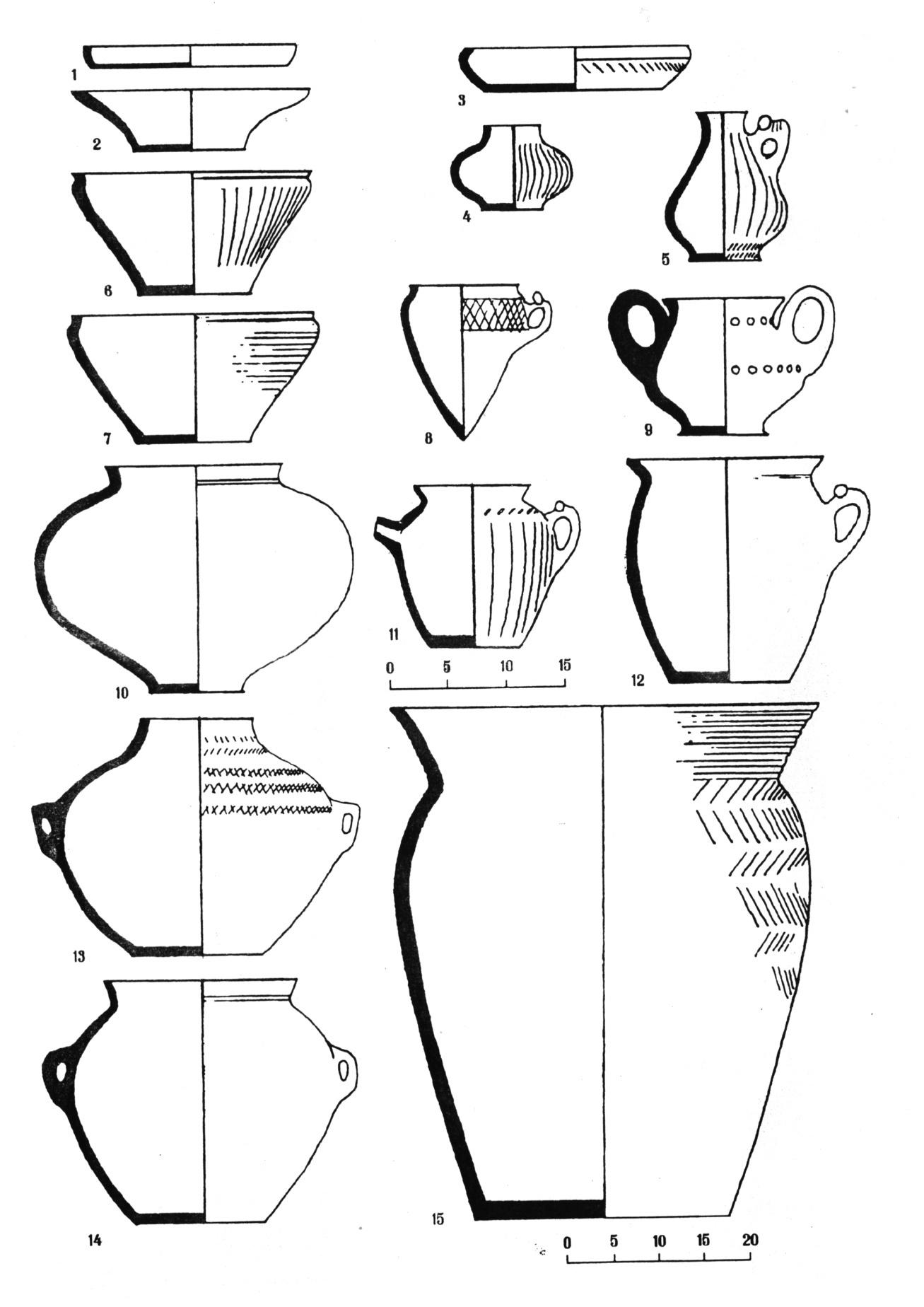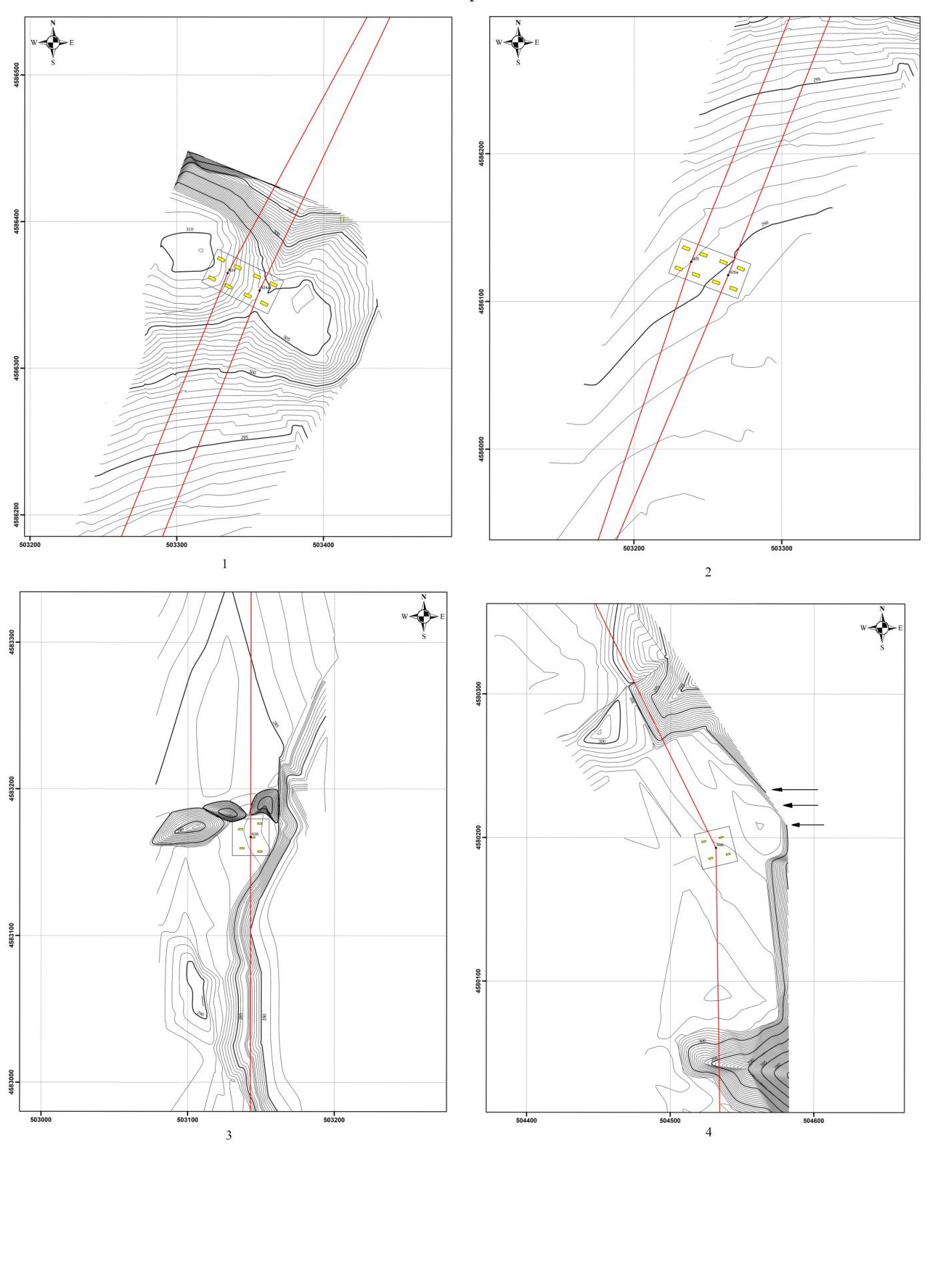Zurab Bragvadze Georgian National Museum (Georgia, Tbilisi) Sairkhe’s Skeptukhia
Summary In the scientific literature, it is noted that immediately after the formation of the Kingdom of Colchis appears the administrative units, sceptukhiae. The formation of sceptukhiae itself led to the development of these administrative centers. These centers united the certain parts of the land around, which were politically and economically dependent on them. The main centers of sceptukhiae had a leading role in the country’s internal political management, as well as in foreign trade relations. Based on archaeological finds, it can be assumed that the centers of each sceptukhia were the religious and import distribution centers too (Vani, Sairkhe). So, in my opinion, there are several reasons to consider that during the 5th-4th centuries B.C. Sairkhe was the center of one of the administrative units (sceptukhia) of the Colchian kingdom and the main center for the distribution of imports in the eastern part of Colchis. During the 5th-4th centuries B.C., radical changes occurred in the Colchian kingdom. The supreme caste of priests united a certain land around themselves, while creating a solid foundation for hegemony in government. Thus, this elite becomes the guiding force of social life. The fifth, eighth and thirteenth tombs of Sairkhe, where besides people, horses are also buried represents precisely this situation. The case of sacrificing horses and building tombs is crucial at this stage of the study, because when we try to establish a hierarchy within the same hereditary aristocracy, this fact can help us. The advantage of the fifth, eighth, and thirteenth tombs in this respect is obvious in comparison with other tombs. There is also a difference in terms of grave inventory. For example, in the burial #10 there are no government insignias (tiaras) characteristic for these assemblages. Even the construction of the tenth tomb itself (only one burial chamber) shows that the deceased buried in it are socially inferior to the aristocracy of the fifth, eighth and tenth tombs. For comparison, the volume of the tenth tomb was only 4 m2, while the area of the fifth and eighth tombs was 20 m2, and the thirteenth tomb was 16 m2. Different designs and sizes of graves should be explained by the socio-political status of the buried. This view is partially confirmed by the fact of the burial of horses. Five horses each were buried in the fifth and eighth tombs and three in the thirteenth tomb. The fact that the horse is not buried in the tenth burial should not be an accidental event. This fact indicates that a person buried in the tenth tomb could not rise to the status of ruler. Thus, a certain hierarchy can be distinguished in the governing top of Sairkhe. Thus, the representatives of the government branch of the sceptuckhs are buried in the first, fifth, eighth and thirteenth tombs of the Sabaduri hill Sairkhe. This branch originates from the thirteenth tomb (the first half of the 5th century B.C.) and exists until the turn of the 4th-3rd centuries B.C. (first tomb). Regarding the fourth, sixth, ninth and tenth tombs, I suppose that members of the sceptuckh family, who were not direct rulers, were buried in them. This fact leads to the existence of the institution of heredity in Sairkhe of the 5th-4th centuries B.C., and recognition of the socio-political continuity of this ruling family.
115


















